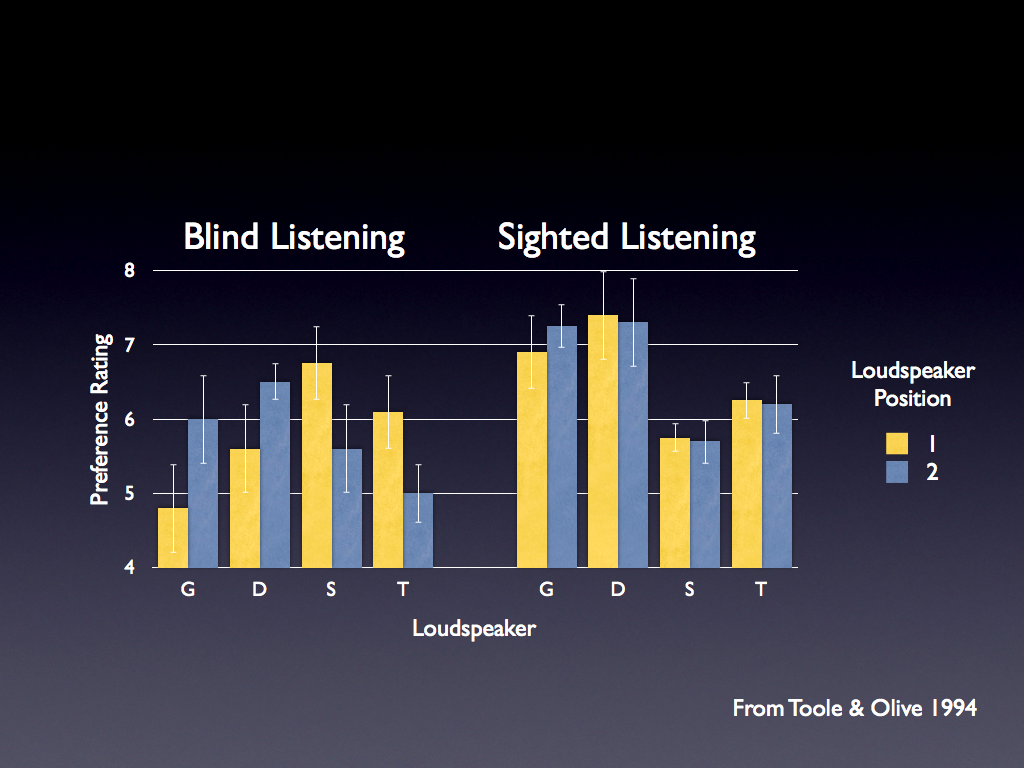A well-treated room is a room that will not mask the speaker's characteristics, the reviewer must be able to hear the speakers he is reviewing.
The size of the room must be suited to the speakers that are being reviewed. A room size of 3x3m will probably not be suited for a pair of JBL 4367.
How much absorption is needed is up to the reviewer's listening room, and the particular problems that need to be solved to make it a suitable environment for critical listening. The same thing goes for diffusion, but it's not normally as important as absorption.
How far from the walls the speakers need to be placed is up to that particular pair of speakers, you can't have the same fixed position for different speakers. Many manufacturers have instructions on how far their speakers should be placed from the walls to perform the best, that is often a good starting point but the reviewer needs to take good care of finetuning the positions of the speakers to their listening environment.
The same goes for the listening position, it can't be a fixed position and will change depending on where the speakers need to be positioned in the room. An equilateral triangle is usually a good place to be seated, which will in most cases give the reviewer the full width of the stereo field. To minimize the room reflections vs the direct sound ratio, a tighter listening triangle can be used if the room is somewhat problematic.
EQ can be used to address particular room problems but should not be applied to alter the main sound of the speakers. It can't be expected that everyone else has an EQ in their sound system.
All the above things are of course equally as important as the reviewer's knowledge of how to read and interpret the measurements of the speakers he/she is reviewing and presenting. That should go without saying.



